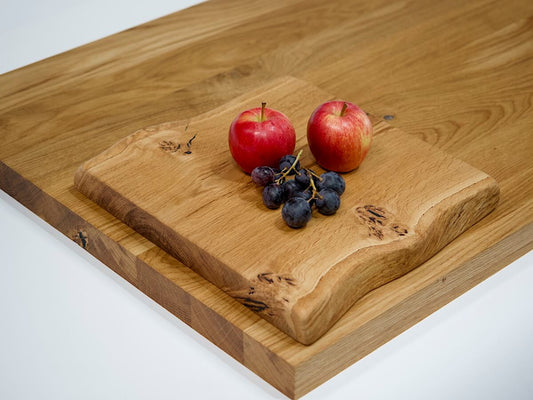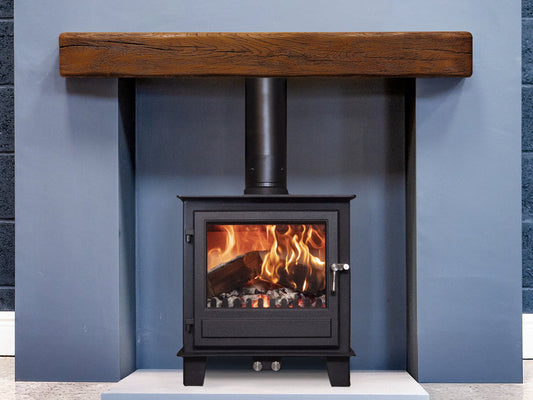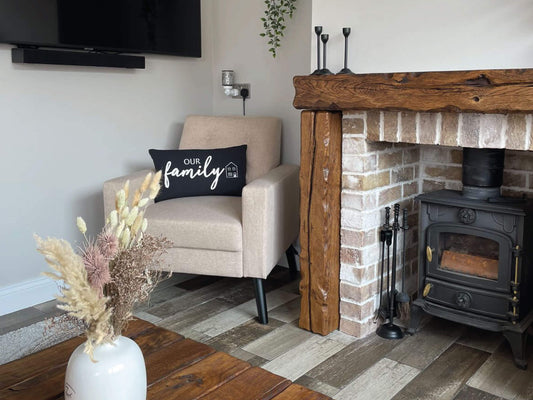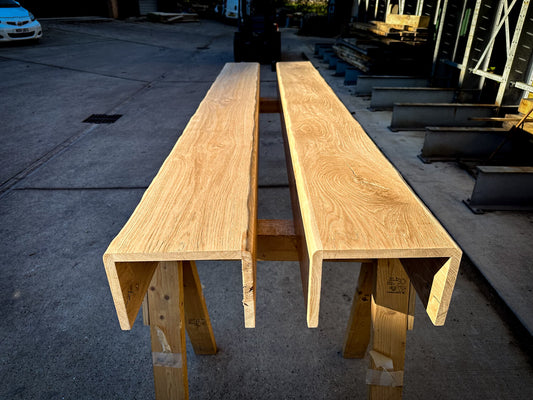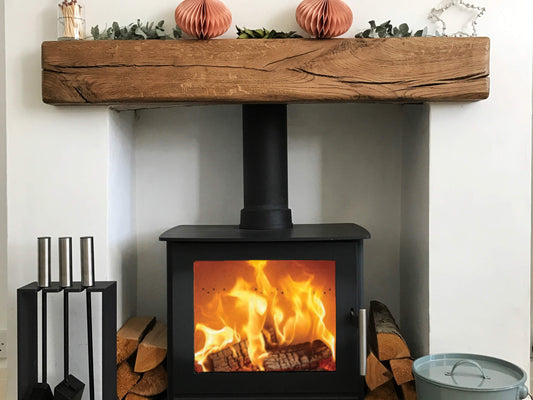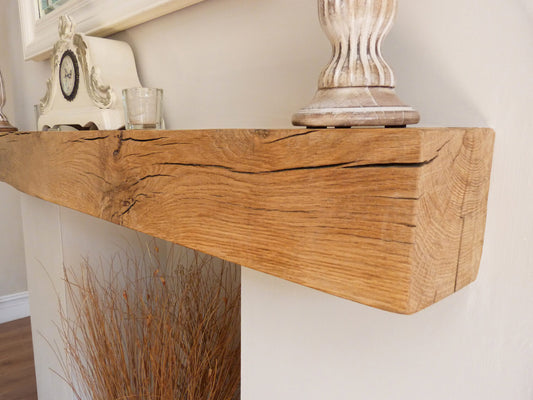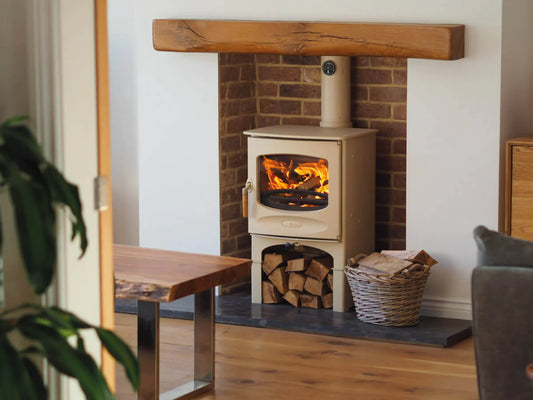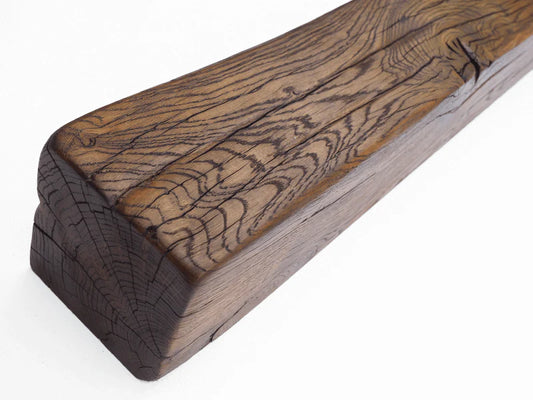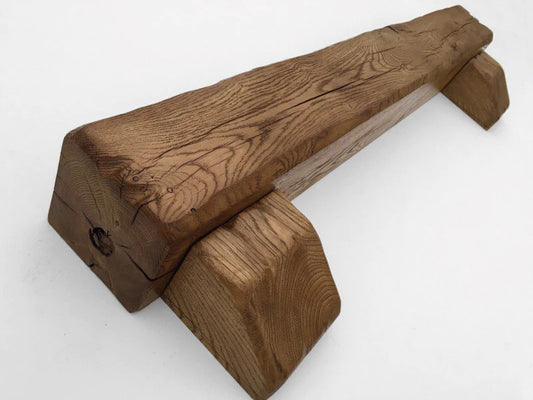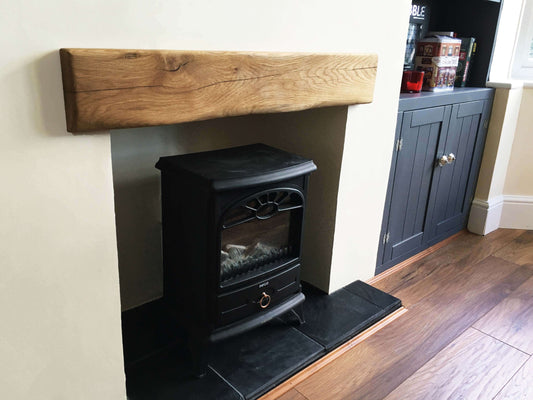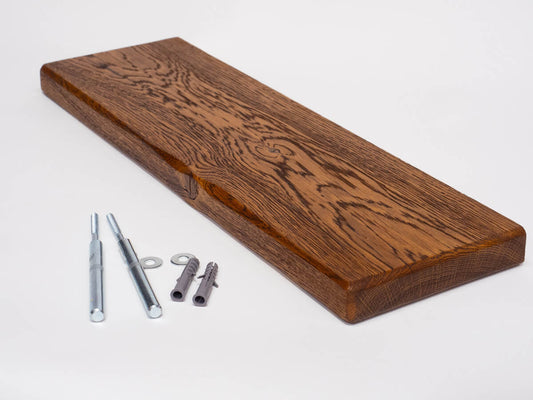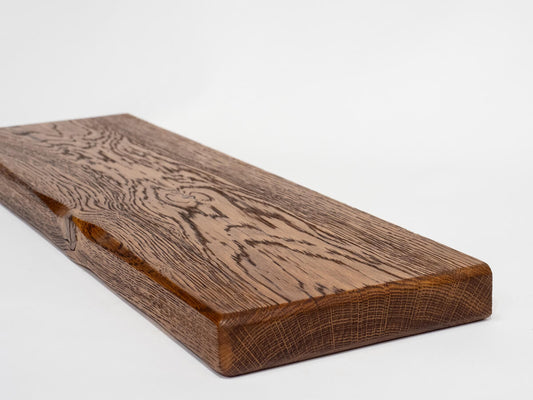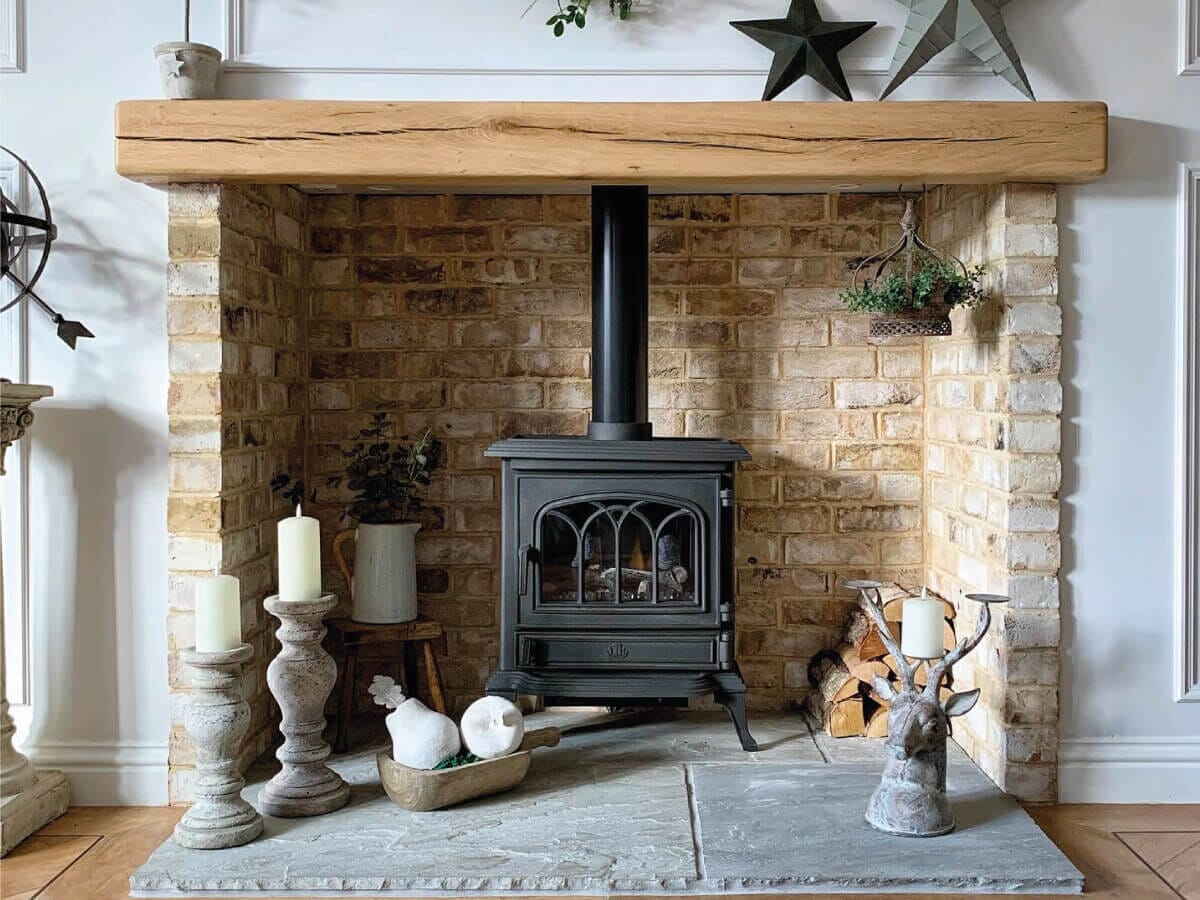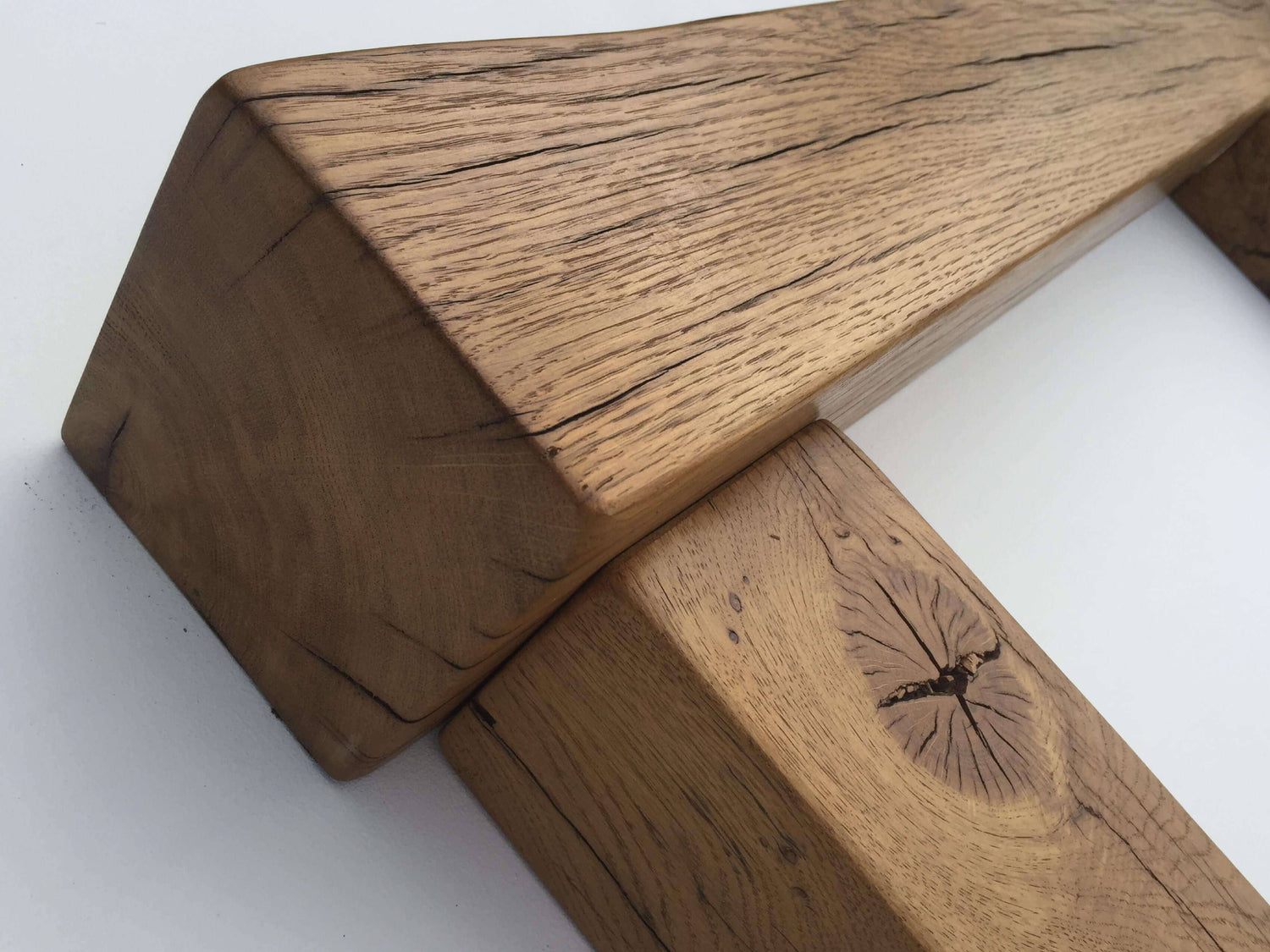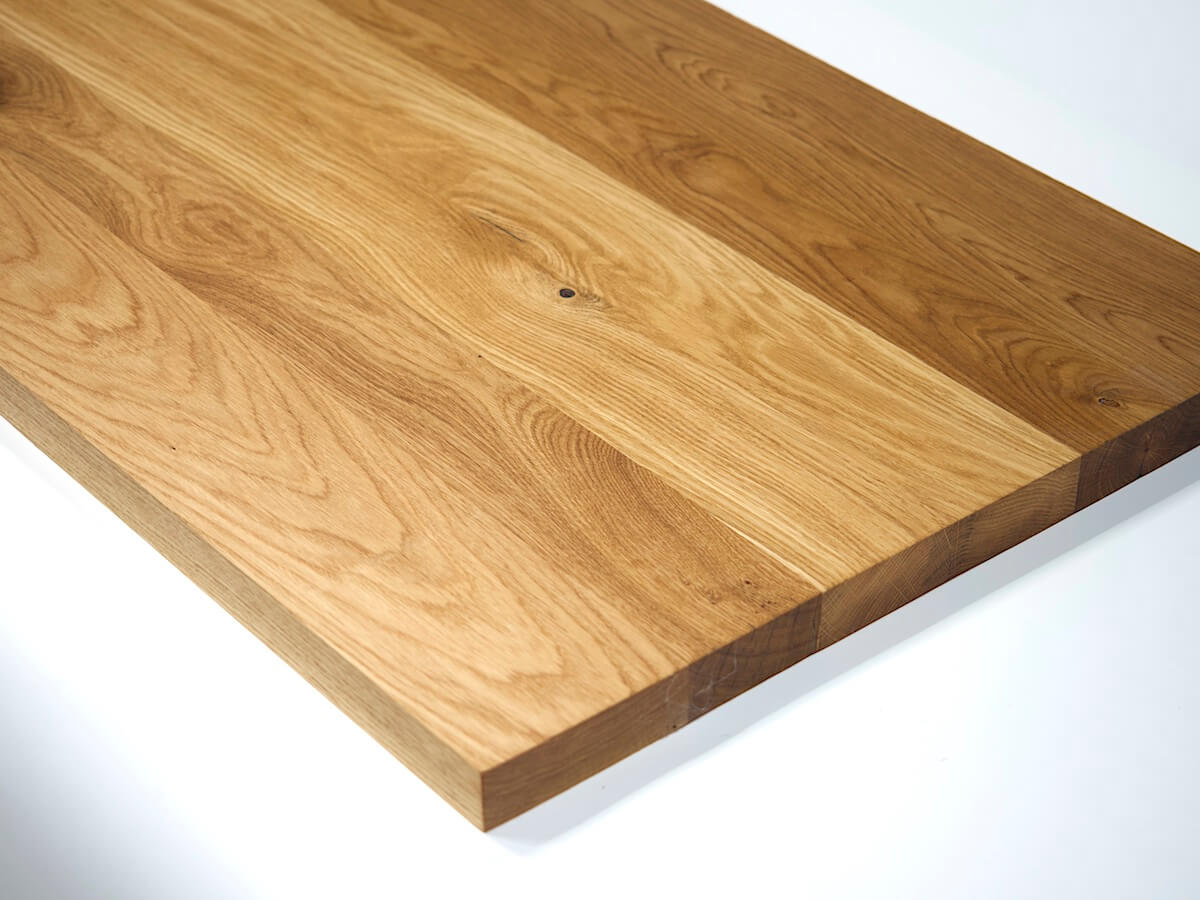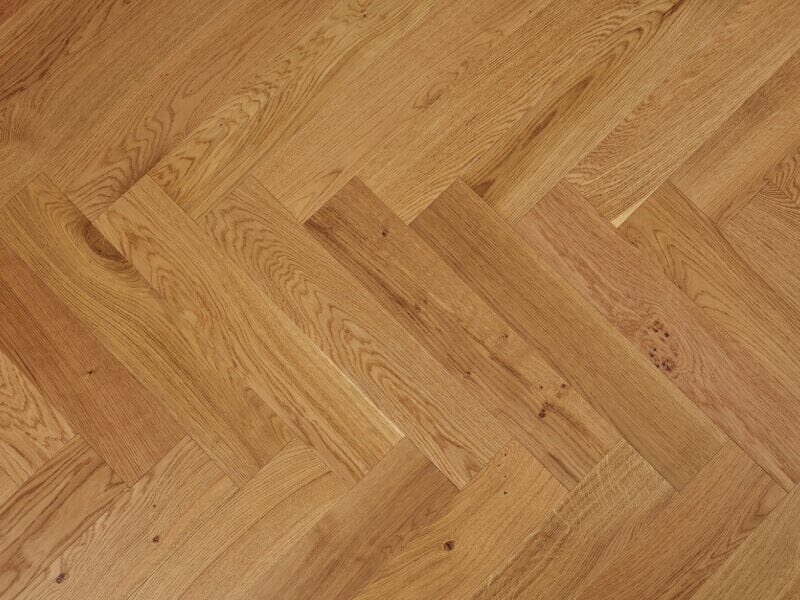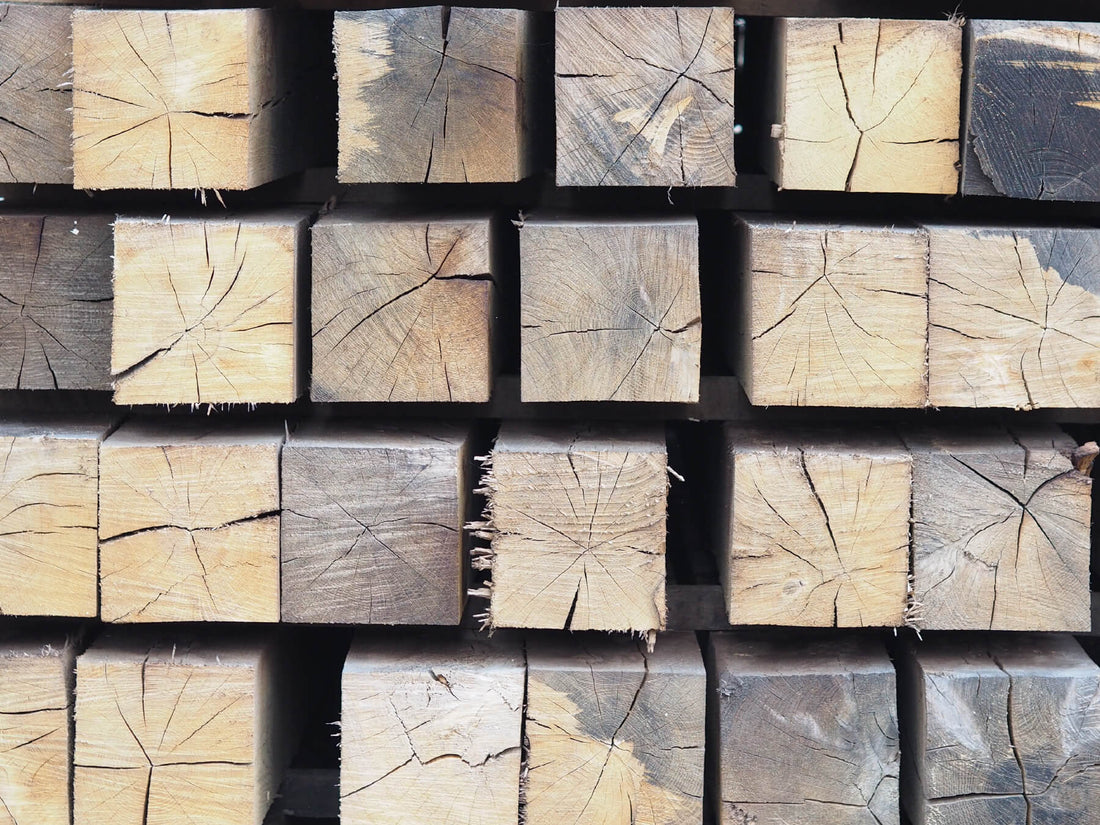
Everything You Need To Know About Air Dried Oak Beams
Share
After the turmoil of the pandemic and a shortage in logs this has lead to stocks of high quality air dried oak at an all time low. This shortfall has led to some companies using part-dried oak for oak fireplace beams which is simply not fit for purpose. As a result, lots of people are reaching the wrong conclusion that oak fireplace beams are not suitable to install above wood burning stoves and other heat appliances, this is simply not true!
After spending more than a decade in the oak beam business, we’ve built up a huge amount of knowledge along the way. We’ve become experts at recognising whether an oak beam is genuinely air dried, part dried or just green oak. We’ve written this blog to educate and help customers identify whether or not an oak fireplace beam is suitable to fit above your wood burning stove, hopefully you’ll find some of the tips below useful.
When it comes to sourcing high quality, structural grade oak beams, we’re experts!
The age old saying, a picture speaks a thousand words, couldn’t be more true when it comes to identifying quality air dried oak suitable for oak fireplace mantels. We almost never purchase air dried oak beams without thoroughly studying photos of the stock first. Not only do photos give us a very good indication of general grade and quality, it also gives us a great insight to the sawmills attention to detail, for example nice neat, well spaced packs is a must. We can also make a fairly accurate estimate when the beams were milled from logs to beams.
Cracks & splits
Cracks are a hot topic in the Traditional Beams office! Up there with the most frequent queriers are those related to cracks or splits. It is a common misconception that cracks are a defect in oak beams and alters the structural integrity of the timber. Of course this is true for most joinery timber however cracks are one of the best indicators that the beam is in fact air dried.
As oak dries out, it shrinks across the grain which causes cracks to develop. We only use QP1 and QPA grade structural oak beams which means the angle at which the grain runs is limited, avoiding cracks to run off too severely and weakening the structure. You can read more on the structural grading of oak here.

Colour
Typically we buy oak beams at a minimum of 18 months air dried, by this point the oak has started to weather considerably, the pale tan colour is replaced by a much darker greyish tone. The only exception is when beams are stored undercover which limits their exposure to weather, as a result they retain more of their original colour. This however is rare, almost no European sawmills will use up valuable dry storage space when oak beams dry perfectly well fully exposed to the elements.
This indicator can only be used for rough sawn oak beams that have not yet gone through further machining processes. If you are purchasing an oak fireplace beam you could always ask for photos of their oak beam stock in ‘rough sawn’ form.
Weight
There’s no doubt that oak beams can be incredibly heavy! One of the main characteristics of oak is its density and weight, however this may also be a sign the beam isn’t properly dried. Although there is many influencing factors to take into consideration, on average air dried oak should reach around 900kg / m3 before you think about installing in a central heated environment in your home. This is the best indicator there is whether or not an oak beam is air dried, if your beam is incredible heavy the likelihood is that it needs further drying. This of course is only really an indicator once you have already purchased your new fireplace beam.
At Traditional Beams, we’re lucky enough to have a large storage yard where we store over 200m3 of well air dried oak at any one time. By investing heavily in the stock, we can be sure to supply our customers with the best quality air dried oak suitable for fireplace beams available on the market.


